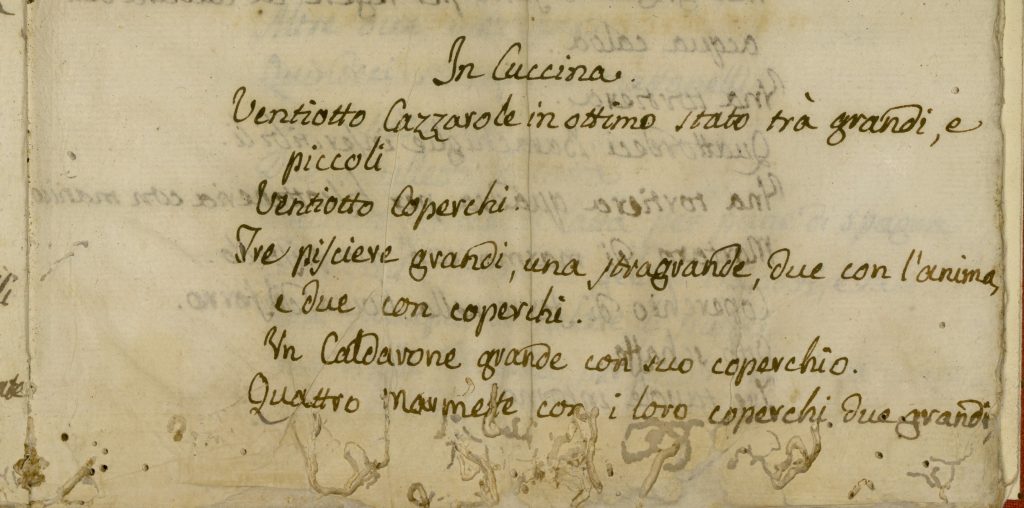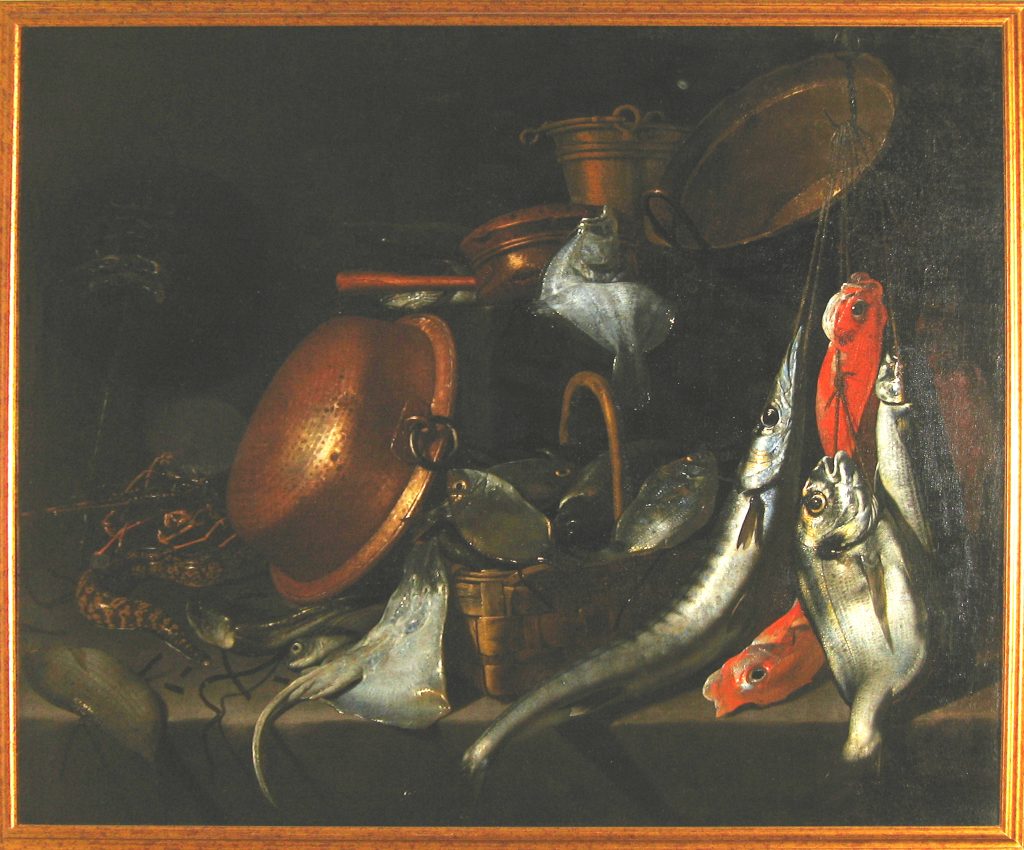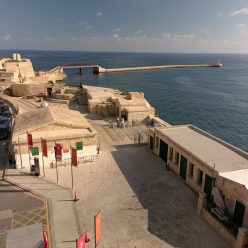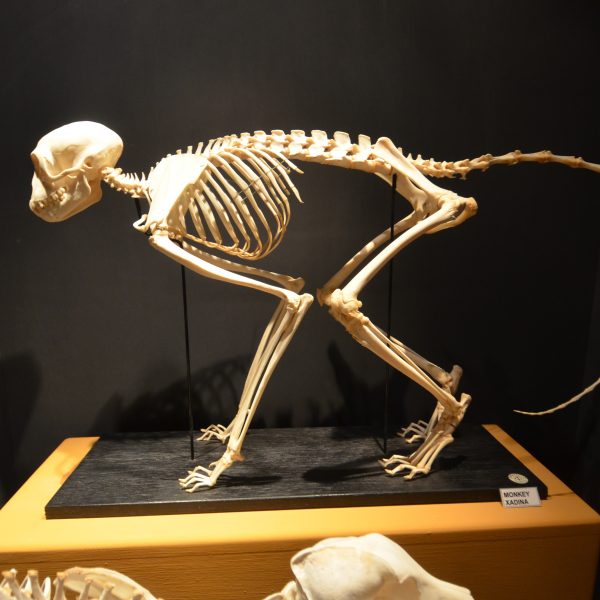By Maria Rosaria Zammit Abouzid and Warren Bugeja.
A single kitchen utensil, practical, functional and sleek, has the power to conjure up a life of conspicuous consumption and evoke the aromas and dining habits of a bygone era.
Ironically for tiny islands surrounded by the Mediterranean, fish continues to be an expensive source of protein. Throughout history, fishing has been a seasonal and precarious livelihood, the sea being an unpredictable mistress for any fisherman. A 1798 inventory within the Inquisitorial kitchenalia archives lists three fish poachers (piscieri), a signifier of the Inquistor’s wealth. The copper poacher, now on display in the circa 500 years old kitchen in the Inquisitor’s Palace in Birgu, is believed to date back to the 18th/19th century and was added to the national collection in recent years.

“Through such an artefact, we also get to know the daily life within the Inquisitor’s kitchen and the sort of food which used to be prepared by the servants,” Maria Rosaria Zammit Abouzid states. “The tangible function of the pan is evidenced by its name. However, the intangible history of the artefact makes it more significant. The fact that fish, as a product, was available and consumed within the Inquisitor’s kitchen reflects the wealth of the Palace’s occupant. Furthermore, the artefact tells us more about how fish was being cooked,” she explains. Maria Rosaria, Coordinator Curatorial Support for Ethnography, selected the Copper Pan Fish Poacher as her artefact of choice for Heritage Malta’s HM TV series ‘Treasure to Meet You’ “Because being a fisherman’s daughter, a pescatarian and a lover of cooking, it represents me wholly.”
A rare find, the contraption, also known as a ‘French poacher’ or ‘Poissonnière’, features brass handles and a perforated metal insert over which the fish was placed. A lid with a handle then sealed the pan, and water gently simmering at the bottom of the pan would effectively poach the fish whilst retaining its delicate flavours.

The elongated design of the poacher enables an entire fish to be poached in one go making for dramatic centrepieces to be presented at mealtimes. Often served encased within these aesthetically pleasing French poachers, the combination of fish and container further emphasised the affluence of the household. Nowadays, convenient electric steamers work on the same principle, poaching several food items at once in layered kitchen gadgets. However, elegance never goes out of fashion, and human beings remain obsessed with displays of wealth and power. Keeping up appearances, a disaffection with our fast-paced modern lifestyles, and a consequent revival in the slow-food movement, mean that a Google search will reveal a wide variety of French poachers on the market. Although manufactured in the present day, these poachers look and function exactly the same as their 18th-century counterparts enabling modern gourmands and chefs to replicate the subtle taste imparted by a copper pan.
Copper, known for its exceptional conductivity, ensures even heat distribution across the pan or pot, preventing uneven hotspots and reducing the chances of food burning or sticking to the cooking surface. Compared to stainless steel and cast iron, copper exhibits significantly higher thermal conductivity. Moreover, the metal possesses antibacterial properties that aid in eradicating microorganisms and thereby preventing food contamination. It also helps that the burnished russet utensils, status symbols in themselves, make an aesthetic addition to any kitchen rack.

Other than being a signifier of the Inquisitor’s access to higher quality ingredients, his taste and palate, the copper dish also has religious significance. Meat and other animal products, such as eggs, butter, and cheese, were prohibited from being eaten by the Catholic Church on Fridays, especially during the period of Lent. Poorer Catholics filled their bellies with legumes, whilst the upper classes and the families of fishermen and fish mongers substituted meat for fish. Fish have always been associated with Christianity. In the New Testament, Christ is referred to as a fisherman of men, and one of his many miracles involves the multiplication of fish used to feed a hungry multitude. In fact, the word for fish, Ιχθύς or ichthys in Greek, is actually an acronym composed of the first letters of the Greek words for the expression “Jesus Christ, Son of God, saviour” (‘i’ for iēsoûs = Jesus, ‘ch’ for Christós = Christ, ‘t’ for theoû = God, ‘y’ for yios = Son, ‘s’ for soter = saviour). One would therefore expect to find a Poissonnière’ in the Inquisitors’ ‘Credenza’.

“Food brings us all together, and lots of memories spring to mind when this artefact is being explained to the visitor,” Maria Rosaria reminisces. Although the setting may be different, similar food preparation rituals and techniques link Maria Rosaria’s home cooking with that of the cooks preparing the Inquisitor’s meals. The smell wafting from the oven, after all, remains the same.
Visit the Inquisitor’s Palace in Birgu and see the copper pan in person. Find out more here.
Save money and purchase a combo ticket which allows access to the Inquisitor’s Palace, Fort St Angelo and Ħal Tarxien Prehistoric Complex here.
Watch Maria Rosaria’s feature here in English or Maltese

‘Treasure to Meet You’ is uploaded to Heritage Malta’s Facebook page every fortnight on a Tuesday at 19:00. The intimate series consists of short features in both English and Maltese versions. Each fortnight, viewers get to meet one of our dedicated curators, who were asked to select an artefact or feature from the national collection to which they are particularly attached.
Latest News
6th September 2024
More Calls for Applications for the maltabiennale.art 2026
21st August 2024
Extended Hours at Five Key Heritage Malta Sites Until October
16th August 2024
Preparations for maltabiennale 2026 Kickstarted





